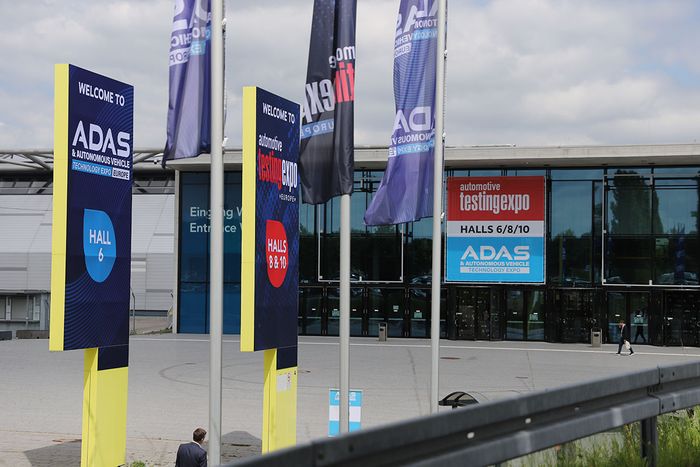Simulation for new active safety regulations (Euro NCAP 2026 and FMVSS1227)
22 May 2025
Room A (W2/3)
Developments in scenarios, simulation, validation and in-the-loop testing (continued)
The upcoming Euro NCAP 2026 safety rating and FMVSS 127 regulation introduce stringent requirements, such as high-speed collision avoidance, night-time pedestrian detection and robustness testing across variable scenarios and perception-related challenges. This talk explores how virtual environments model real-world variability – lighting, weather, target appearances – to optimize ADAS perception systems. By replicating sensor behaviors (e.g. thermal, radar, lidar) and environmental physics, simulation ensures readiness for advanced testing protocols while reducing physical testing costs. Learn how virtual testing enhances safety-critical ADAS system robustness and prepares OEMs for real-world validation under the most demanding safety standards.
- Overview of the challenges posed by the new Euro NCAP 2026 rating and FMVSS 127 regulation and the role of simulation in addressing them
- FMVSS 127 focuses on high-speed and night-time requirements, prioritizing sensor technology improvements. Simulation allows for testing new modalities
- Euro NCAP moves beyond predefined scenario tests
- By modeling realistic sensor behaviors (e.g. cameras, lidar, radar) and environmental physics, simulations help prepare for real robustness testing
- By adopting advanced simulation tools, OEMs can navigate these regulatory challenges, reduce development costs and ensure compliance


